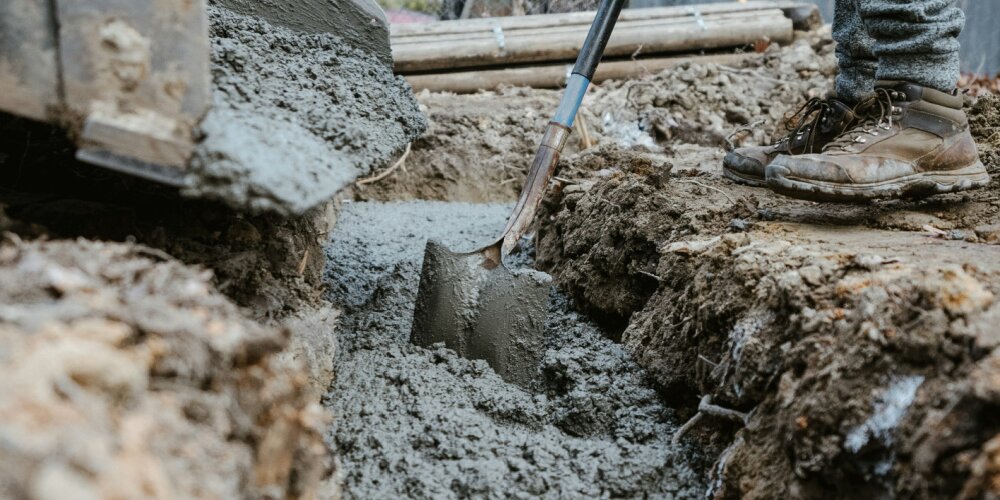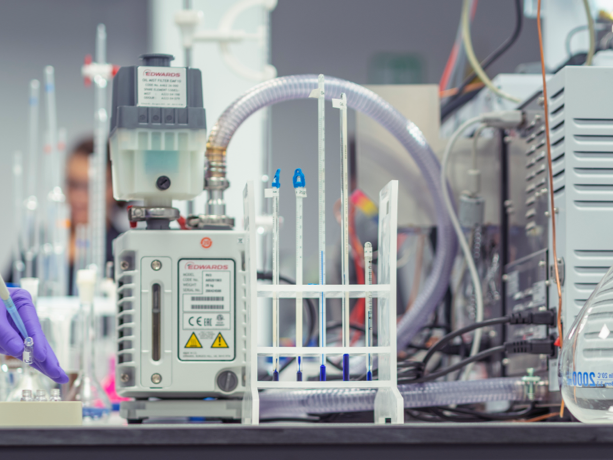Can Using Graphene Aggregate Make Better Concrete?

Concrete is one of the most widely used materials within the construction industry, and is made up of three primary ingredients: water, cement to act as a binding agent, and an aggregate.
An aggregate is a mixture of coarse grains of different shapes and sizes, like sand, gravel, crushed stone etc. In concrete, sand is the most popular aggregate, and is actually the most mined ingredient in the world. However, the growing rate of concrete usage means sand-mining is currently outpacing its replenishment rate. This means that it’s very likely there will eventually be a global shortage (a.k.a Peak Sand), which will have serious economic and environmental consequences.
Thus, alternatives must be found before this can happen. New research from a team at Rice University, Texas, has found a way to use graphene as an aggregate to replace sand – and even create a stronger, lighter end product.
During the study, the team used flash Joule heating, which sends a high electrical current into a material, to convert metallurgical coke into flash graphene aggregate. This material closely mimics the size of natural aggregates, which can then be used to replace them in concrete.
Whilst graphene has previously been an addition to concrete, this study looked to completely replace sand in the manufacturing process. Interestingly, the resulting concrete was 25% lighter and 32% tougher than conventionally-manufactured concrete, which has important ramifications for the future of construction.
This technology is currently still undergoing testing, and at this stage is not economically viable for commercial scale. But, this is a promising start to reducing our reliance on sand as a key component of concrete, and our overall impact on the environment through mining.
In need of advanced digital microscopy support?
If you’re engaged in a novel or innovative engineering project - such as the development of a new material or product - then it’s likely you’ll require advanced digital microscopy as part of this.
The Lab is able to provide advanced digital microscopy for a range of purposes, including (but not limited to); general inspection, fractographic analysis, microstructural inspection, high-precision measurements and more.
We are also able to provide joint-witnessed analysis.
Find out more about The Lab’s advanced digital microscopy services now
For more valuable industry insights, news, and information, discover The Lab’s News and Knowledge Hub…
Scientists Recycle Cigarette Butts to Assist With Biodiesel Production | Scientists Discover 'Superhydrophobic' Surfaces | Researchers Find New Way to Weld Metal Foam Without Compromising the Material
- Author
- Andrew Yarwood
- Date
- 02/04/2024
